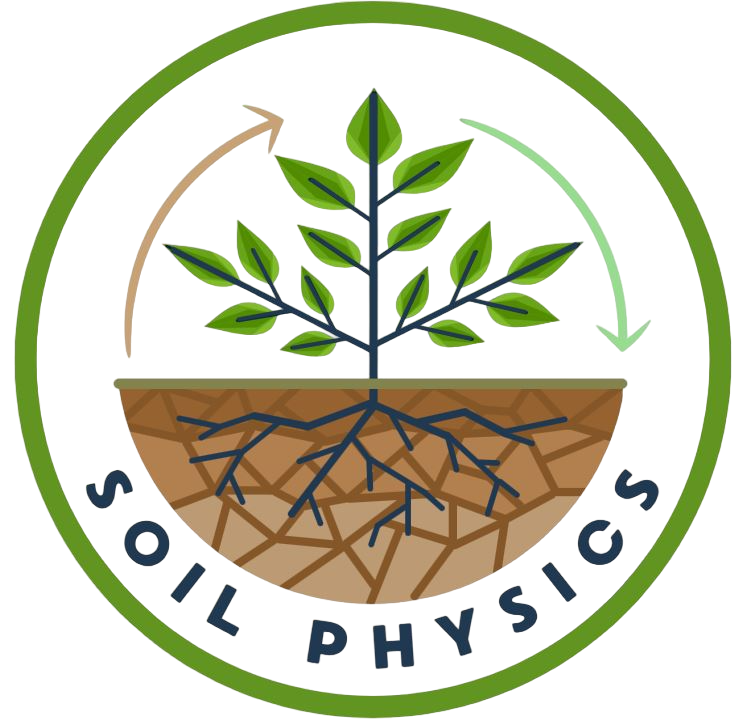| Cai, G; Carminati, A; Abdalla, M; Ahmed, MA: Soil textures rather than root hairs dominate water uptake and soil-plant hydraulics under drought, Plant Physiology (2021) | |
| Abstract: Although the role of root hairs (RHs) in nutrient uptake is well documented, their role in water uptake and drought tolerance remains controversial. Maize (Zea mays) wild-type and its hair-defective mutant (Mut; roothairless 3) were grown in two contrasting soil textures (sand and loam). We used a root pressure chamber to measure the relation between transpiration rate (E) and leaf xylem water potential (ψleaf_x) during soil drying. Our hypotheses were: (1) RHs extend root–soil contact and reduce the ψleaf_x decline at high E in dry soils; (2) the impact of RHs is more pronounced in sand; and (3) Muts partly compensate for lacking RHs by producing longer and/or thicker roots. The ψleaf_x(E) relation was linear in wet conditions and became nonlinear as the soils dried. This nonlinearity occurred more abruptly and at less negative matric potentials in sand (ca. −10 kPa) than in loam (ca. −100 kPa). At more negative soil matric potentials, soil hydraulic conductance became smaller than root hydraulic conductance in both soils. Both genotypes exhibited 1.7 times longer roots in loam, but 1.6 times thicker roots in sand. No differences were observed in the ψleaf_x(E) relation and active root length between the two genotypes. In maize, RHs had a minor contribution to soil–plant hydraulics in both soils and their putative role in water uptake was smaller than that reported for barley (Hordeum vulgare). These results suggest that the role of RHs cannot be easily generalized across species and soil textures affect the response of root hydraulics to soil drying. |

